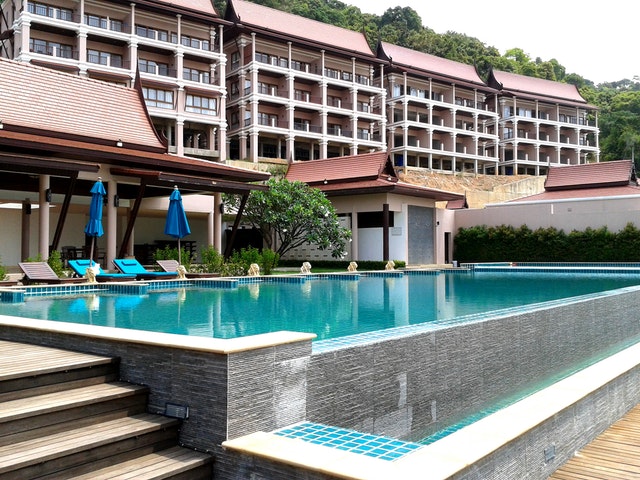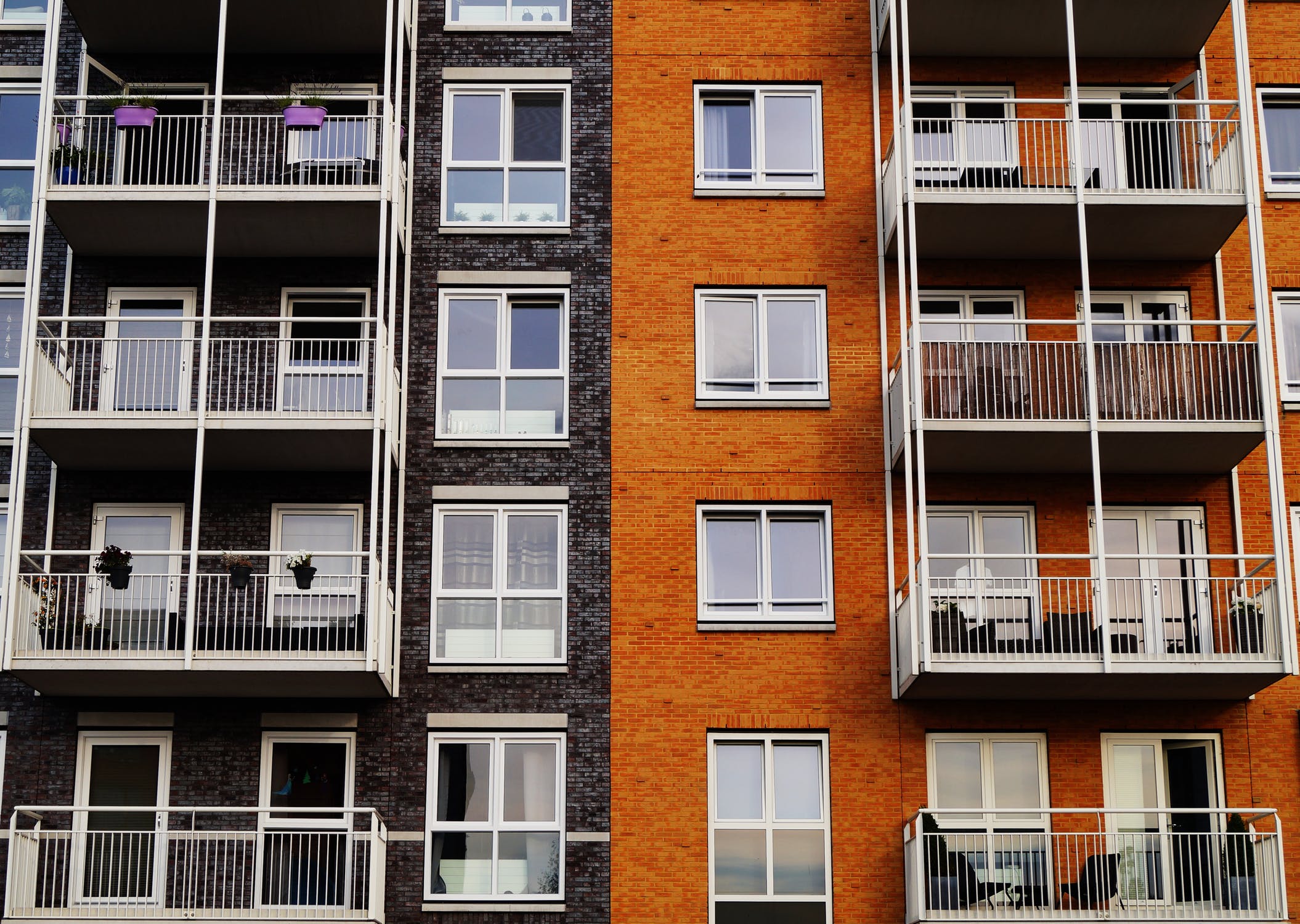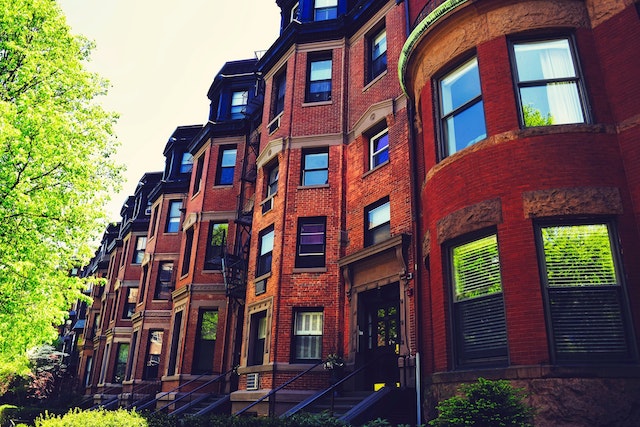The ancient axiom about real estate, accurate (it seems) since the dawn of time, continues to hold true in the booming multifamily housing market: It’s a matter of location, location, location.
That said, potential residents are seeking far more in the way of amenities from such properties. And high on the list are secure common areas that allow for interaction with others.
Technology (particularly reliable WiFi) is another biggie, but the experience — meeting, mingling, exchanging ideas and maybe sharing a laugh or two — is increasingly becoming a consideration in this market, which in 2017 marked its seventh straight year of growth.
In all, that segment of the industry sees 35 million residents contribute $1 trillion annually to the U.S. economy. Such properties are popular not only with Baby Boomers looking to downsize, but also Millennials.
That age group, which with 754 million is the nation’s most populous demographic, is often saddled with crushing student debt, making renting a far more viable alternative than buying. Another reason for that is Millennials tend to marry later than their parents, meaning they are more likely to be renting than house-hunting in their 20s.
And, again, location matters most. That has always been true, and probably always will be.
“The biggest community amenity is always the neighborhood,” says Jerry Davis, COO of Highlands Ranch, Colo.
Amenities, as a result, matter less in popular neighborhoods. In a great many places, however, the extras make a difference. Besides common areas and WiFi, residents are also seeking multifamily dwellings that feature pools and exercise facilities, as well as amenities for dogs and bikes.
One study showed that different age groups are in search of different things. While 85 percent of the Baby Boomers polled viewed parking as a priority, just 36 percent of the Millennials agreed, reflective of the increasing popularity of ride-sharing. On the other hand, just 33 percent of the Boomers wanted WiFi in their common areas, compared to 77 percent of the Millennials.
There were similar contrasts in the desire for a pool (31 percent among Boomers, 71 percent among Millennials) and fitness center (29 percent for the older demographic, 69 percent for the younger folk).
The question of the importance of a communal area cut along the same lines. Just 37 percent of the Boomers polled believe such a thing is essential, while 69 percent of the Millennials thought so.
“Residents, in particular Millennials, use these spaces for socializing with other residents and guests, or as ad hoc living space,” said Sandy Silverman, Principal, Practice Leader for Mixed Use and Multifamily Residential with Perkins Eastman.
That, and the desire for first-rate workout facilities (which also tend to be areas where people socialize), has resulted in many developers increasing the size of amenity spaces. One such company, based in Atlanta, has gone so far as to double those areas, from 5,000 to 10,000 square feet.
Durable furniture and flooring are selling points for communal areas, as is the availability of not only WiFI but things like USB ports, since Millennials tend to work in such spaces as well.
As mentioned, certain well-appointed buildings have also stepped things up in the workout realm, adding such things as yoga and aerobic studios, cardio and strength training equipment, infinity pools and rock-climbing walls.
In addition, Scott Ziegler, Principal with the Houston-based design firm Ziegler Cooper, said multifamily housing is amid “a bike and dog revolution.” Secure storage of bikes has become a increasingly large consideration; in Washington, D.C., for instance, developers are required by law to provide one bike space for every three residential units that are constructed.
A high rise in Philadelphia features storage for 90 bikes, and another, in New Jersey, has a bike “spa,” where such things can not only be stored but serviced.
Anywhere from 20 to 90 percent of a building’s residents are also likely to be pet owners who could be seeking not only recreational areas but also grooming services and perhaps even a salon.
All those things add to the experience of living in a given place. And that matters more and more in this day and age.





